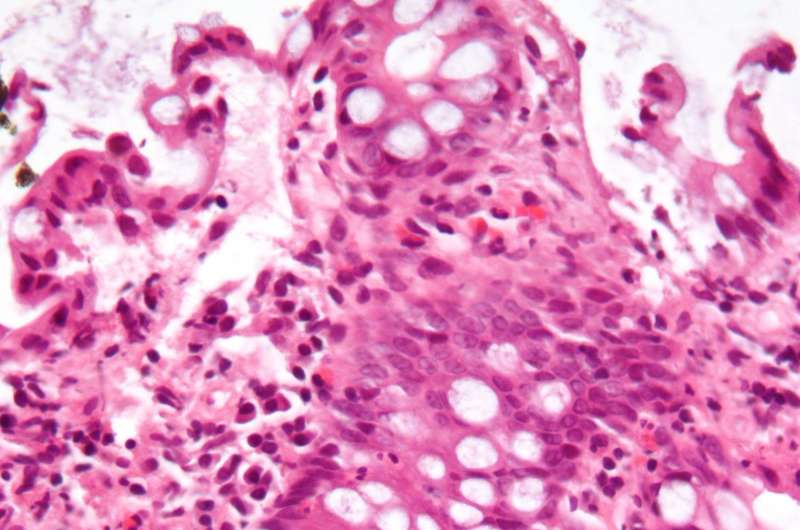buy arimidex in canada


Chronic inflammation in the gut, internationally known as Inflammatory Bowel Disease (IBD), is a growing problem in the world, especially in developing countries. The Netherlands already has about 90,000 IBD patients. At the European level, there are between the 2.5 to 3 million people with IBD.
A more pleasant procedure and at a lower cost
Although the inflammations are easy to detect, can you drink while taking acetaminophen many patients dread the necessary colonoscopy, because of the camera that is inserted, explains Josephina Smits, a team member of iGEM Eindhoven. “In addition, the entire intestinal system must be as empty as possible, requiring you to take laxatives and fast in the days leading up to the procedure.”
A colonoscopy isn’t cheap either. The costs directly related to IBD are estimated at around 5 to 6 million euros per year, at European level. These costs mainly consist of admissions to the hospital, the actual colonoscopy, the outpatient care—procedures and check-up visits—and the medication that is involved.
The iGEM team is developing a new method, called IBDection, in which the inflammation can be detected with a combination of an ultrasound device and safe intestinal bacteria. The method is more pleasant for the patient and cheaper. “We believe that our method can partly reduce these costs,” says Smits.
This entire project takes place within the global iGEM Competition, where student teams are asked to solve an existing global problem with synthetic biology. In November 2021, the Giant Jamboree will take place, an event where all teams around the world will present their work. Due to the corona pandemic, the event will take place digitally.
IBDection, an ultrasound detection method
“With IBDection we have the intestinal bacterium E. coli adapted in such a way that they produce gas bubbles when they come into contact with a so-called inflammation marker—a protein that is present in the intestine as a result of the inflammation”, explains Smits. The idea here is that patients swallow a pill containing the modified bacteria the day before the ultrasound.
The product is tested in a gel. “We are not going to do any experiments with humans or animals.” The gas bubbles do not leave the bacteria, Smits emphasizes. “So it’s not like your whole gut swells up.” The actual measurement is done by making two ultrasounds in quick succession and in the meantime using ultrasound to pop the bubbles in the bacteria. “By comparing the images of the two ultrasounds, you could then reveal the location of the inflammation.”
Source: Read Full Article